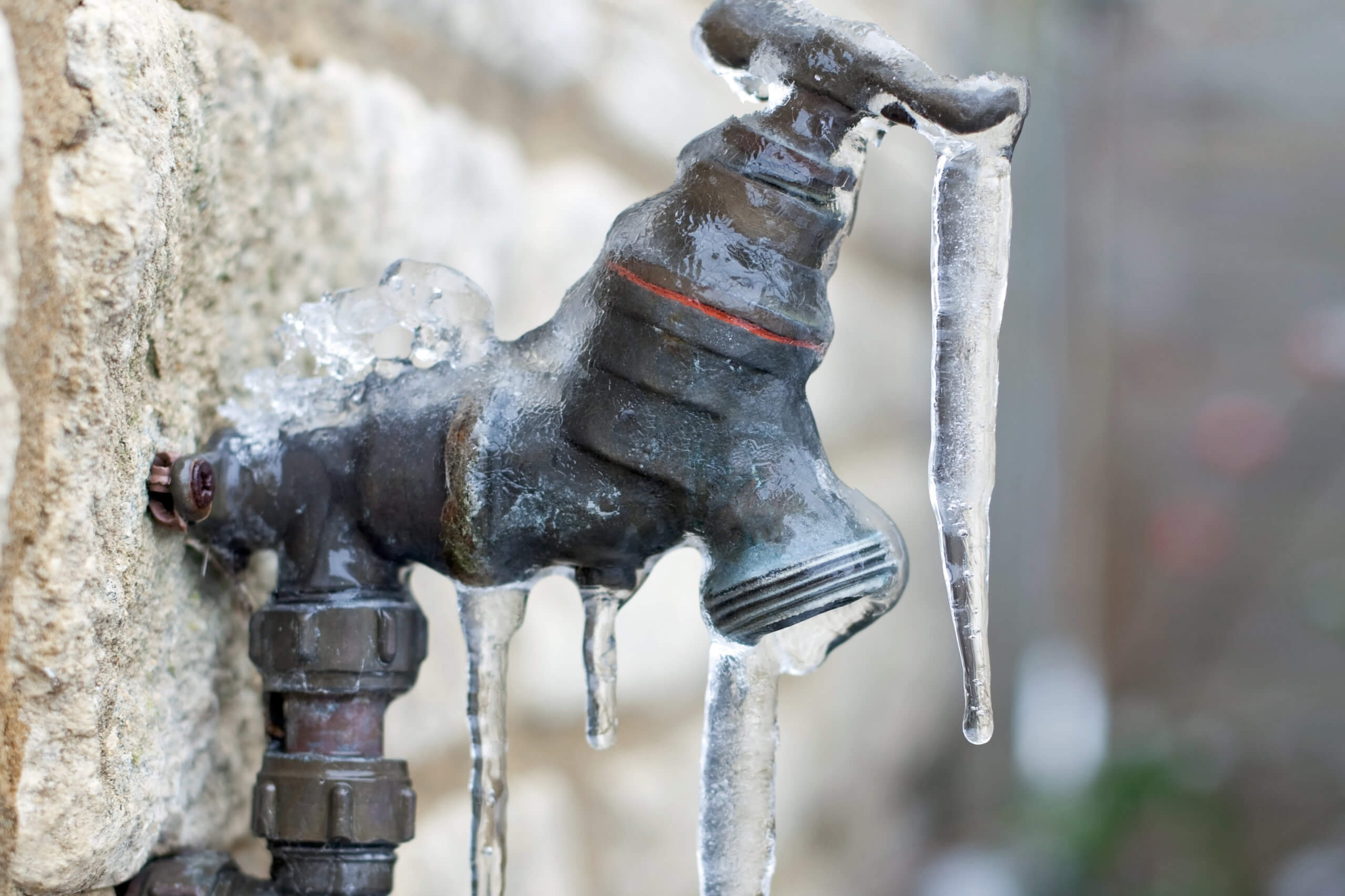Safeguarding Your Pipes from Cold Weather Damage: Key Approaches
Safeguarding Your Pipes from Cold Weather Damage: Key Approaches
Blog Article
Here underneath you might get a lot of great additional info pertaining to Prevent Frozen Pipes .

Winter can wreak havoc on your pipes, specifically by freezing pipelines. Below's just how to avoid it from taking place and what to do if it does.
Introduction
As temperature levels drop, the risk of icy pipes boosts, potentially causing pricey repair services and water damages. Comprehending how to prevent icy pipes is critical for home owners in cold climates.
Avoidance Tips
Protecting vulnerable pipelines
Wrap pipelines in insulation sleeves or make use of warmth tape to safeguard them from freezing temperature levels. Concentrate on pipes in unheated or external areas of the home.
Home heating strategies
Maintain interior areas properly heated, particularly areas with pipes. Open cupboard doors to permit cozy air to circulate around pipelines under sinks.
Just how to recognize icy pipes
Seek reduced water flow from taps, unusual smells or noises from pipes, and visible frost on revealed pipelines.
Long-Term Solutions
Structural adjustments
Think about rerouting pipelines far from outside walls or unheated locations. Include extra insulation to attic rooms, basements, and crawl spaces.
Updating insulation
Invest in top notch insulation for pipes, attics, and wall surfaces. Appropriate insulation aids preserve consistent temperature levels and reduces the danger of frozen pipes.
Shielding Outside Plumbing
Yard tubes and exterior taps
Separate and drain yard pipes prior to winter season. Mount frost-proof faucets or cover outside faucets with protected caps.
Understanding Icy Pipes
What causes pipelines to freeze?
Pipes freeze when revealed to temperatures listed below 32 ° F (0 ° C) for prolonged periods. As water inside the pipelines freezes, it broadens, putting pressure on the pipeline walls and potentially creating them to break.
Dangers and damages
Icy pipes can lead to water disruptions, residential property damage, and expensive fixings. Burst pipes can flood homes and trigger comprehensive structural damages.
Signs of Frozen Piping
Recognizing icy pipelines early can stop them from bursting.
What to Do If Your Pipelines Freeze
Immediate actions to take
If you suspect icy pipes, keep taps available to soothe pressure as the ice thaws. Make use of a hairdryer or towels soaked in hot water to thaw pipelines slowly.
Final thought
Stopping icy pipes calls for positive steps and fast actions. By understanding the reasons, signs, and safety nets, home owners can protect their pipes during winter.
5 Ways to Prevent Frozen Pipes
Drain Outdoor Faucets and Disconnect Hoses
First, close the shut-off valve that controls the flow of water in the pipe to your outdoor faucet. Then, head outside to disconnect and drain your hose and open the outdoor faucet to allow the water to completely drain out of the line. Turn off the faucet when done. Finally, head back to the shut-off valve and drain the remaining water inside the pipe into a bucket or container. Additionally, if you have a home irrigation system, you should consider hiring an expert to clear the system of water each year.
Insulate Pipes
One of the best and most cost-effective methods for preventing frozen water pipes is to wrap your pipes with insulation. This is especially important for areas in your home that aren’t exposed to heat, such as an attic. We suggest using foam sleeves, which can typically be found at your local hardware store.
Keep Heat Running at 65
Your pipes are located inside your walls, and the temperature there is much colder than the rest of the house. To prevent your pipes from freezing, The Insurance Information Institute suggests that you keep your home heated to at least 65 degrees, even when traveling. You may want to invest in smart devices that can keep an eye on the temperature in your home while you’re away.
Leave Water Dripping
Moving water — even a small trickle — can prevent ice from forming inside your pipes. When freezing temps are imminent, start a drip of water from all faucets that serve exposed pipes. Leaving a few faucets running will also help relieve pressure inside the pipes and help prevent a rupture if the water inside freezes.
Open Cupboard Doors
Warm your kitchen and bathroom pipes by opening cupboards and vanities. You should also leave your interior doors ajar to help warm air circulate evenly throughout your home.

I was made aware of that write-up on How to Prevent Your Pipes From Freezing through a pal on a different web property. Sharing is caring. Helping others is fun. We cherish your readership.
About This Report this page